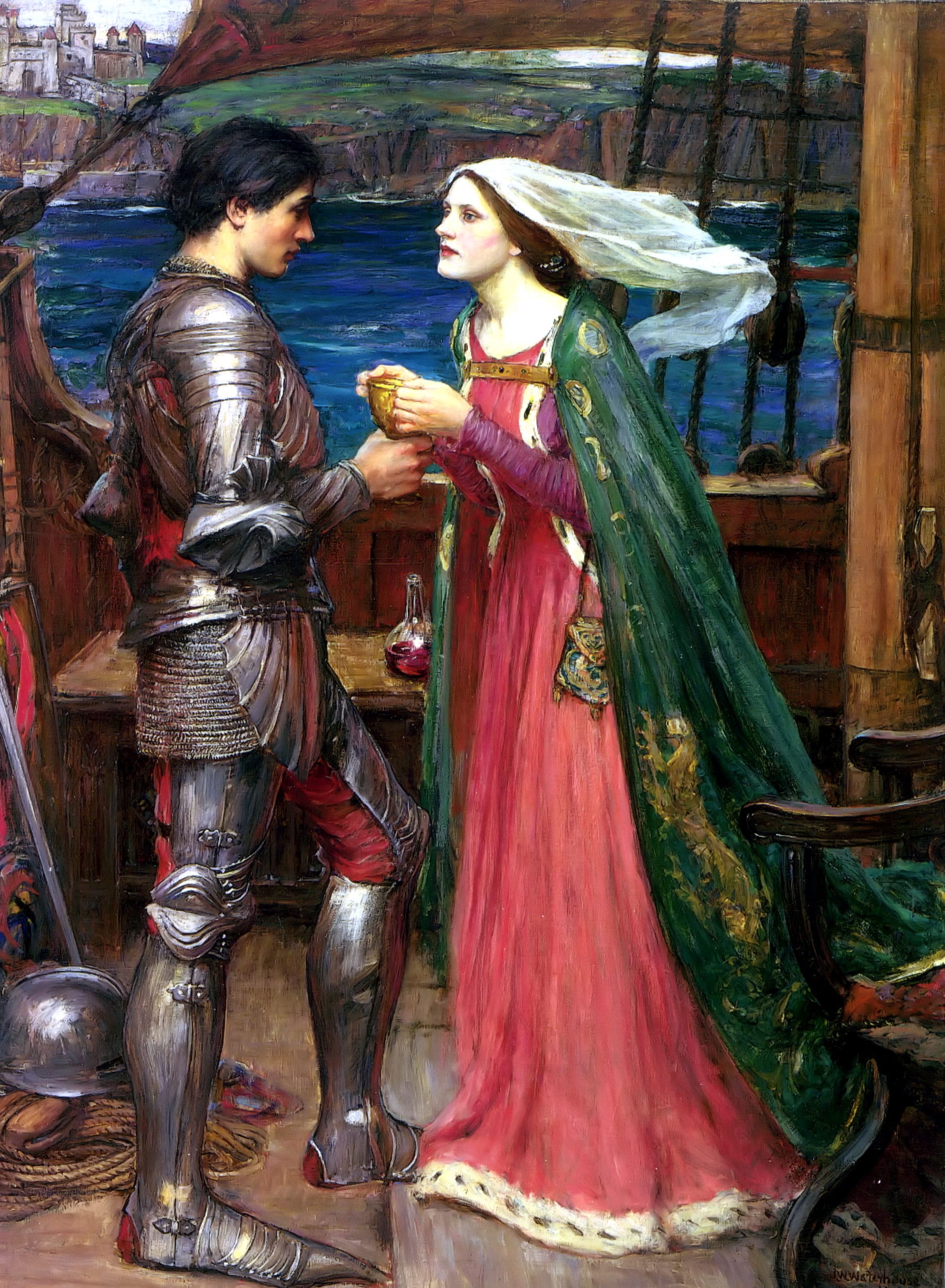The potion was of such a nature that any man and woman who drank it together could by no means leave each other for four years, However much they might want to refrain, they had to love each other with their whole being as long as they lived.
-‘Tristrant’ by Eilhart von Oberge, 12th century
In the strictly gendered world of Medieval Europe, love magic – real or imagined – was an obsession. When sorcerous scandals erupted at the highest levels of society, love magic was often involved and it was women who bore the brunt of the blame for calling on charms or potions to win the heart of a disinterested beau, inflame or diminish the libido, or ease along the politically vital business of producing an heir.
Part of this is undeniably rooted in misogyny or envy flashing its daggers at women who were seen as having unnatural influence over their husband (see the frustrating fates of Isabella of Angouleme or Elizabeth Woodville, the White Queen), or left a powerful man humiliated and looking for someone to blame (such as Blanche II of Navarre, who was held responsible for her husband’s impotence).
But while a source of imagined moral panic and threatened masculinity, love potions were a fact of life and their use – or perceived use – is reflected in romantic epics, folklore, herbals and legal records.
Rather than being the exclusive domain of crones in lonely shepherding huts, these folk rituals and folk remedies were more likely passed along by mothers to their children to cure broken hearts or revive floundering marriages. As likely to be rooted in the trial and error of early medicine as they were rural superstition, many of the herbal ingredients were could also be found lacing the aphrodisiacs discreetly prescribed by court physicians to their listless masters… not that a learned interest in the healing power of herbs was a surefire defence against accusations of witchcraft.
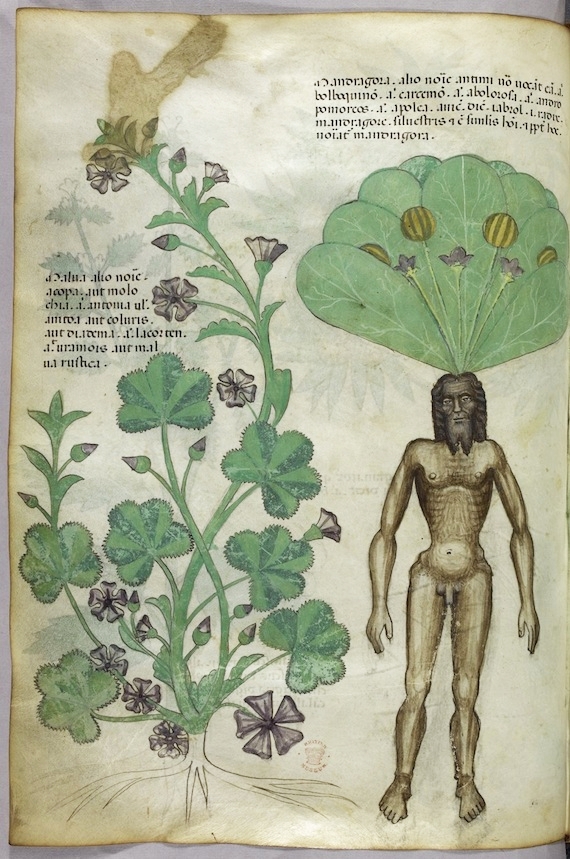
1. Mandrake Root
Known for its properties as an aphrodisiac as far back as Biblical times, mandrake (or mandragora) remained a popular ingredient in love magic throughout the middle ages and is still used for that purpose in some areas of the world today. Said to resemble the human form, with both male and female plants, there was one drawback – the plant was said to shriek when pulled up, causing madness or death to the seeker unless proper precautions were taken and the rituals for safe handling varied from place to place. As well as ingested in accordance with myriad recipes , it could also be worn as a fertility amulet.
2. Human Remains
Powdered bone, pubic hair and menstrual blood were just some of the gruesome ingredients a love-seeker could be required to provide in order to ensure their spell was a success, and it was especially potent if something from both the seeker and the object of desire was included. One known spell required rather specifically both the bone marrow and spleen of a murdered boy! Menstrual blood, of course, reflects the gendered nature of love magic and in 1320 the Cathar noblewoman Béatrice de Planisoles was hauled before a bishop to face charges of witchcraft. In her possession were – amongst other “objects, strongly suggestive of having been used by her to cast evil spells” – linen soaked with the first menstrual blood of her daughter, to be drunk by the daughter’s husband to seal his affections.
3. Henbane
With a sinister reputation, both for use by witches and also to deprive one of her powers, this herb was also thought to attract love when worn and had narcotic properties when ingested, making it a fixture in various Medieval medicines. It could be used to bind a couple together in love, and to ensure that the love would last. This ingredient should be used with great caution however, as it was also known to cause delirium and death.
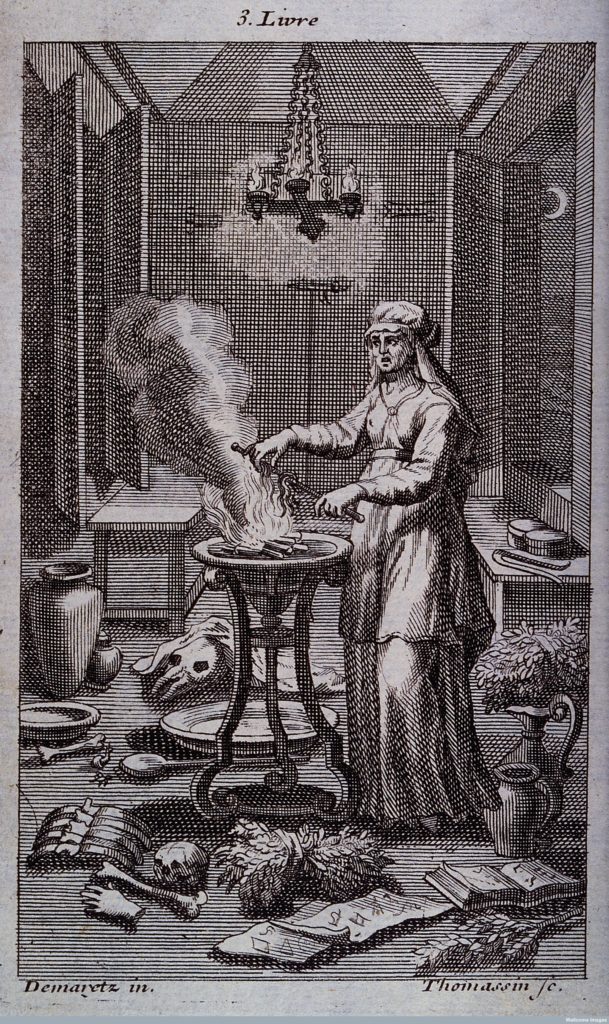
Credit: Wellcome Library, London. Wellcome Images
4. Consecrated Host
The power of this vital element of the Holy Communion service was highly prized in the medieval world, making it a much sought after ingredient for a variety of magical purposes including love spells. Difficult to procure, many inventive ways were devised to source a piece, with some resorting to keeping it under their tongue after it had been administered in church. Relevant words and incantations could then be written upon it depending on what was required.
5. Honey
One of the sweeter and more palatable ingredients, honey or mead were often included in love spells, the sweetness, it was expected, to influence the object of the seekers desire favourably towards them and also to sweeten the relationship to follow. It had the added benefit of making the concoction easier to swallow!
6. Worms
Another gruesome ingredient, when mixed with powdered periwinkle and certain herbs, worms were believed to ensure love between a couple. The suggestion that it be taken with their meat may well have been due to the less than encouraging taste! Seemingly a strange choice, worms, due to their obvious link with the earth, were also a potent sign of fertility; a much desired outcome in many love spells.
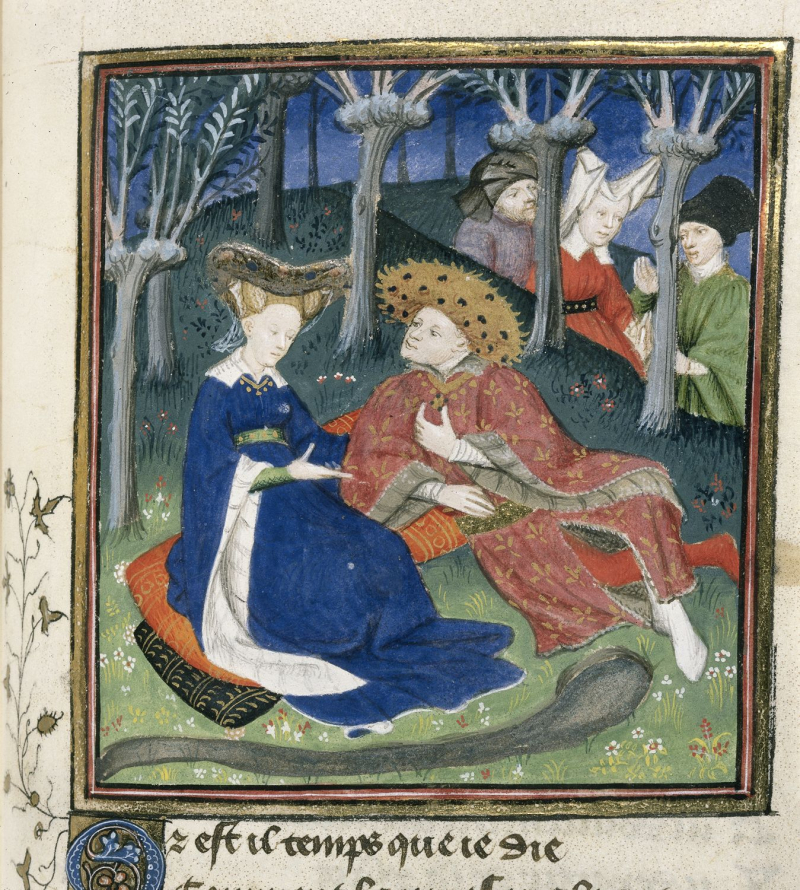
7. Animal Remains
Much like human remains, demands for the bits and byproducts of animals proved seemingly arbitrary, with potions, powders and charms from Spain to the Balkans calling for the likes of sparrow heads, deer heart (hopefully a gruesome pun), the droppings of a stork, fat of a snake, brain of a sparrow, testicles of an ass, bones from a left side of a toad which has been devoured by ants, blood and heart of a pigeon, and in Bavaria, the relatively appetizing tipple of bat’s blood in beer
8. Verbena
A perennial in folk magic and regular feature in sleeping draughts from antiquity, verbena (or vervian), the Herb of Enchantment, was slipped into love potions and powders. Interestingly it could also be used for opposite ends and slipped into a man’s drink was said to render him impotent for six days.
9. Beetle Wings
A remedy rumoured to have circulated the court of the Roman Emperor Augustus and described by Latin chroniclers, the wings of the Blister Beetle – or Spanish Fly – long held potency as an aphrodisiac and were crushed into tonics and potions. As side-effects go it was a killer. A powerful irritant, a potion laced with mashed Spanish Fly may well have caused the codpiece to bulge through swelling, but as little as 32 milligrams could forced the kidney to shut down and legend has it that this gruesome tincture caused the death of Ferdinand II of Aragon in 1516.
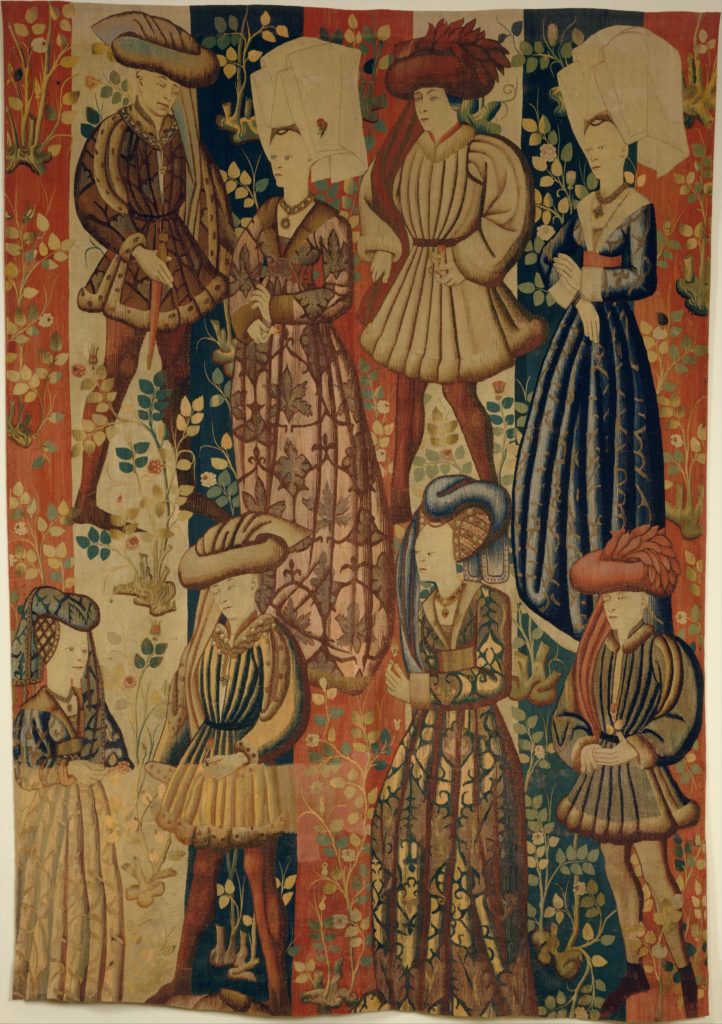
10. Roses
Its connotations are obvious – be they pure and romantic, or seductive and dangerous – and the rose had little use in Medieval magic outside of the love potion. From the symbolic to the pragmatic, rose water was often used to flavour of perfume less palatable medicines. Arguably as a perfume it could be considered a love potion too, and in one extreme example recorded in an English translation of the 12th century De Ornatu Mulierum – part of a series of remarkable early texts on female hygiene – a powder of rose petals is recommended for freshening up the lady garden while rose water sweetens the hands and face.
Willow Winsham is author of Accused: British Witches Throughout History, which is available now from Amazon. She is also one of the founders of Folklore Thursday. For more incredible stories of sorcerous seduction, subscribe to History of Royals and get every issue delivered straight to your door.
Sources:
- Medieval Medicine: The Art of Healing, from Head to Toe by Luke DeMaitre
- The Oxford Illustrated History of Witchcraft and Magic edited by Owen Davis
- Plants of Life, Plants of Death by Frederick J. Simoons
- Dragon’s Blood & Willow Bark: The Mysteries of Medieval Medicine by Toni Mount
- Woman: An Historical Gynæcological and Anthropological Compendium by Hermann Heinrich Ploss and Paul Bartels
- Forbidden Rites: A Necromancer’s Manual of the Fifteenth Century by Richard Kieckhefer
